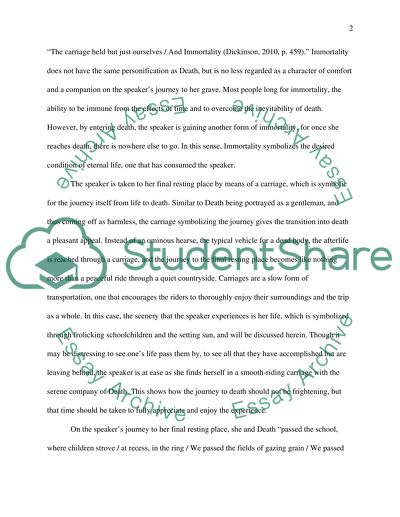Cite this document
(“Emily Dickinsons Because I could not stop for Death Essay”, n.d.)
Retrieved from https://studentshare.org/literature/1477539-emily-dickinsons-because-i-could-not-stop-for-death
Retrieved from https://studentshare.org/literature/1477539-emily-dickinsons-because-i-could-not-stop-for-death
(Emily Dickinsons Because I Could Not Stop for Death Essay)
https://studentshare.org/literature/1477539-emily-dickinsons-because-i-could-not-stop-for-death.
https://studentshare.org/literature/1477539-emily-dickinsons-because-i-could-not-stop-for-death.
“Emily Dickinsons Because I Could Not Stop for Death Essay”, n.d. https://studentshare.org/literature/1477539-emily-dickinsons-because-i-could-not-stop-for-death.


